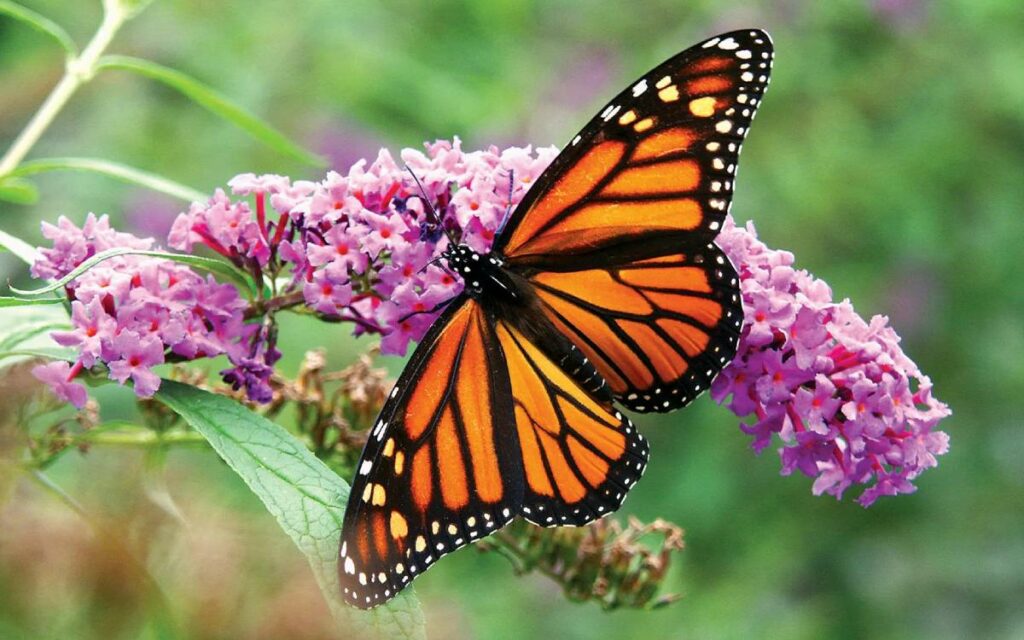
Information collected from the Majestic Monarchs program will be used to determine the number of monarchs in the area, understand their migration south to Mexico, and provide data that will be considered in the further protection of the species. Photo credit: Britannica
Niagara Parks is hosting a free educational program, Majestic Monarchs: Annual Species Preservation Event, on September 9 and 10 from 11am-2pm at the Butterfly Conservatory.
The event will allow the public to participate in a tag and release program to track migration patterns of monarch butterflies as part of an international research tracking program, Monarch Watch, by the University of Kansas.
Tag and release demonstrations will take place every half hour beginning at 11:30am in front of the Butterfly Conservatory on the grounds of the Niagara Parks Botanical Gardens and School of Horticulture.
Monarch butterflies play an important role in pollination across North America. According to Nature Conservancy Canada, native plants are essential to maintaining the monarch butterfly population — specifically milkweed — which is the only plant that monarch caterpillars feed on.
In the fall, asters and goldenrod are also important to monarchs as the nectar of these native plants provide a food source prior to their migration south. These insects were once considered to be a species at risk but have been downgraded to endangered.
The information collected from the Majestic Monarchs tag and release program will be used to determine the number of monarchs in the area, understand their migration south to Mexico, and help to provide data that will be considered in the further protection of this species and their habitat.
The program is being offered as part of a continued effort by Niagara Parks to preserve and protect the natural environment along the 56-kilometre stretch of property it owns and maintains along the Niagara Parkway.
In addition to the Majestic Monarchs event, Niagara Parks supports and educates on pollinators through their pollinator garden route.
This pollinator route has 12 stops along the Niagara Parkway from Fort Erie to Niagara-on-the-Lake, with educational signage designed by local Indigenous artists and writers, which serve as interpretative tools used to enhance the experience of these pollinator gardens.
For more information on this event, and efforts by the Niagara Parks to protect pollinators, please visit their website.




















